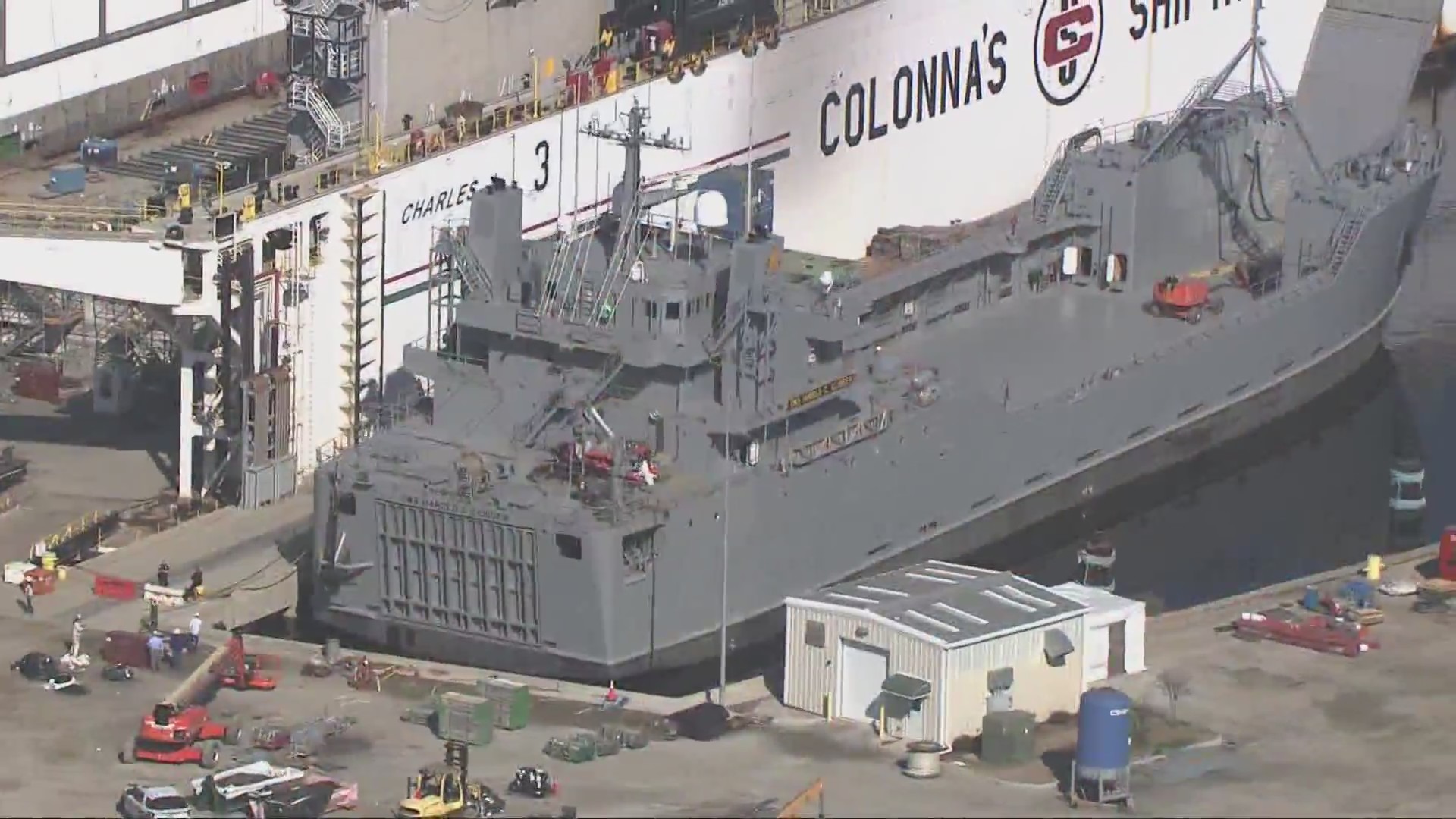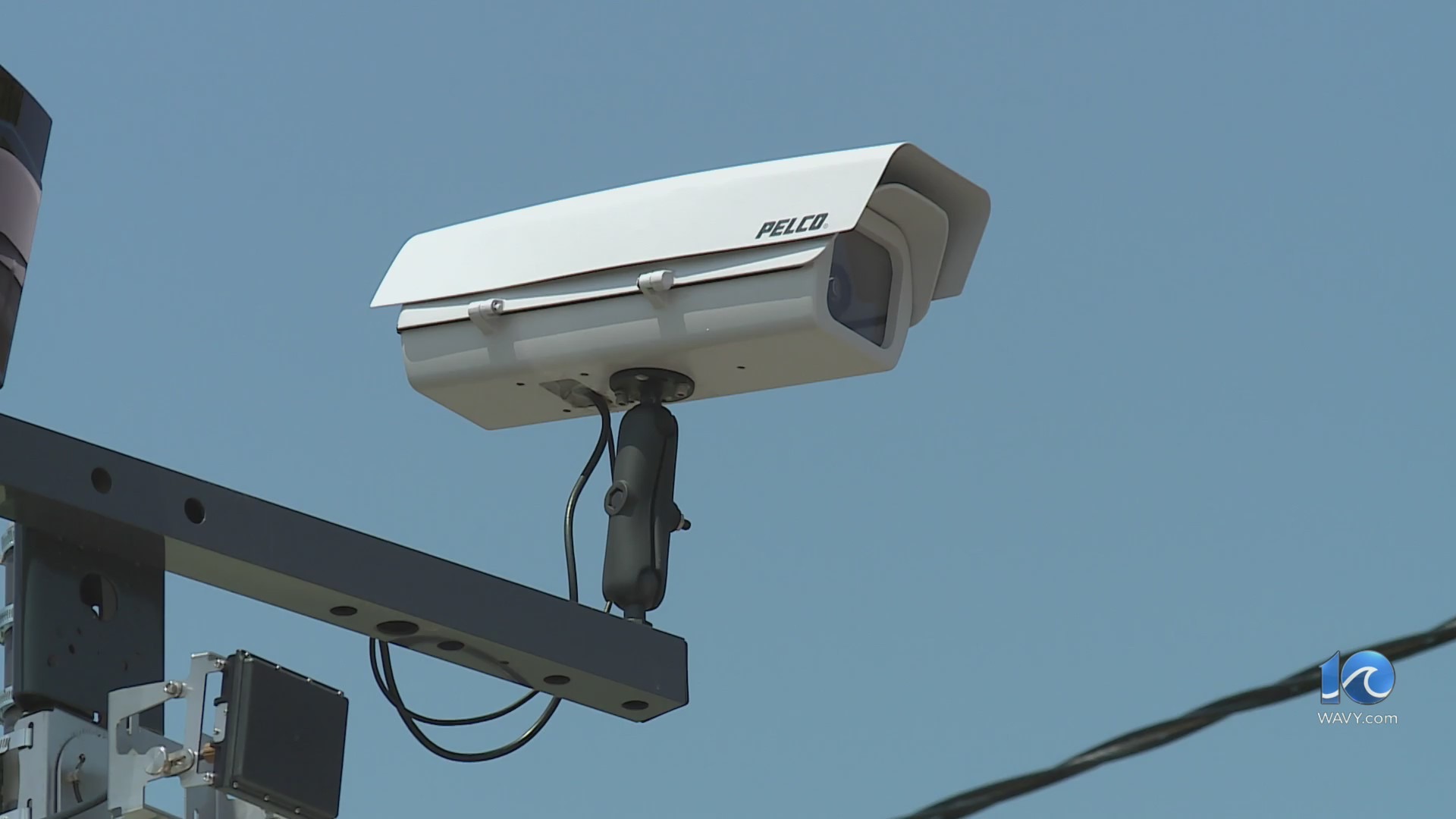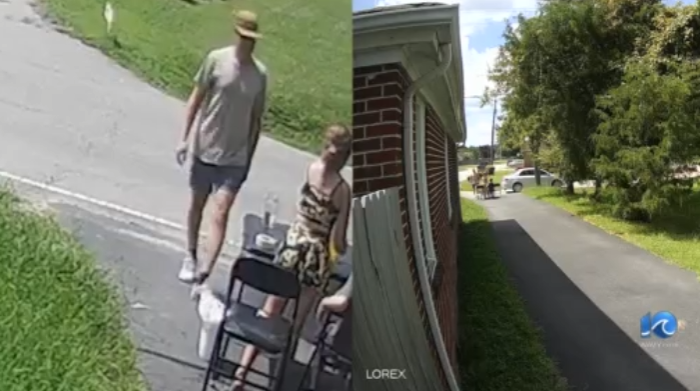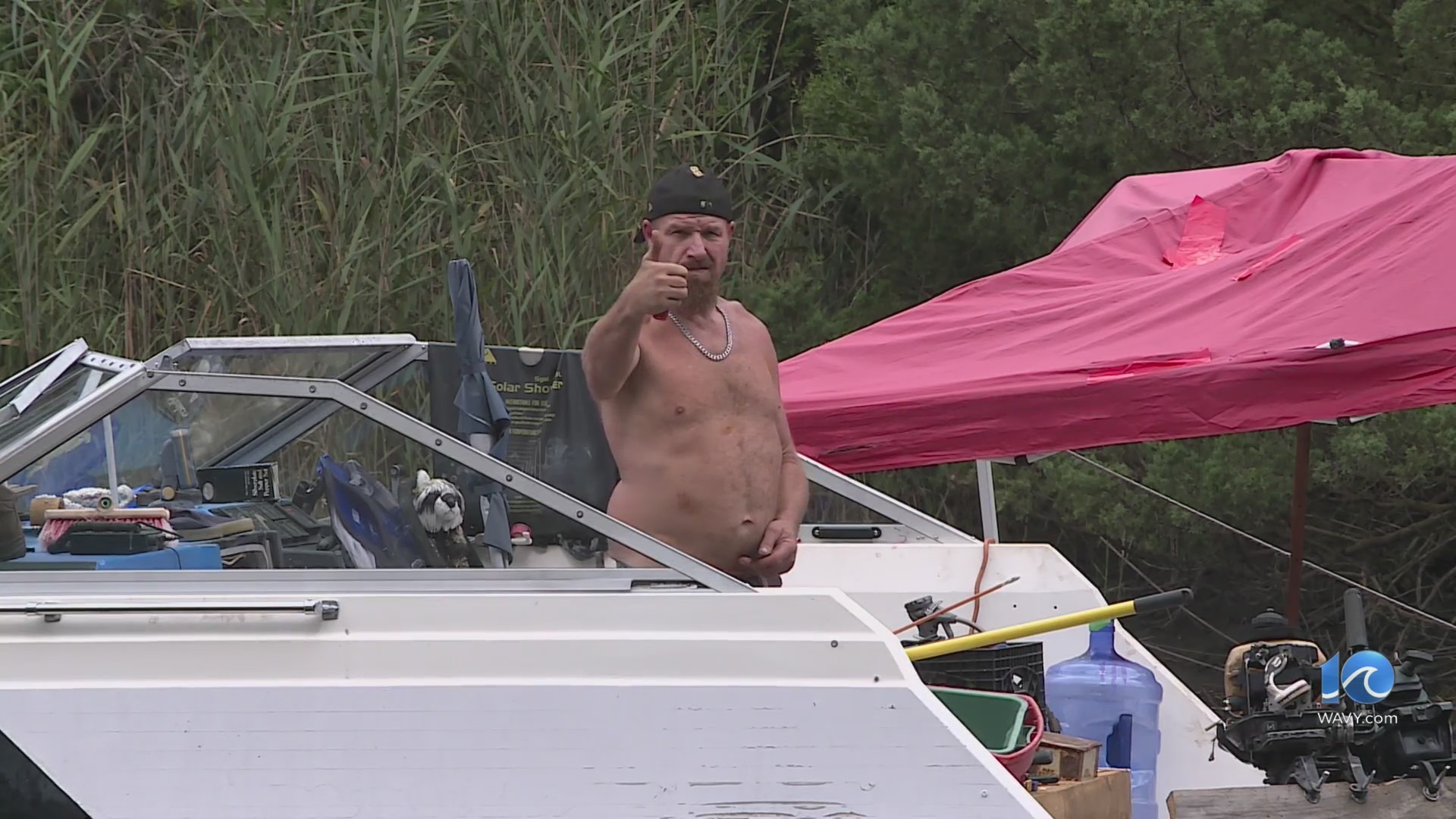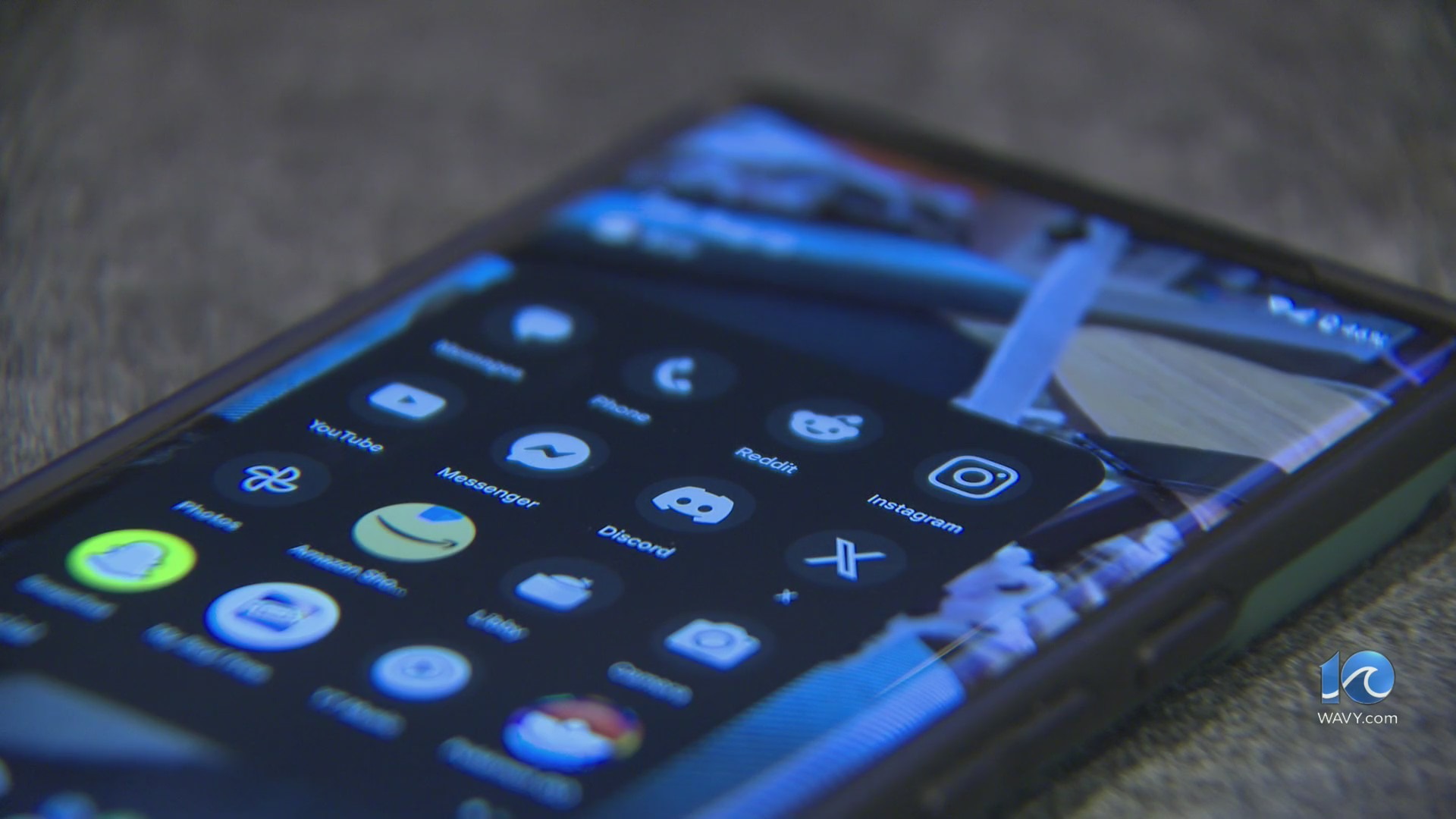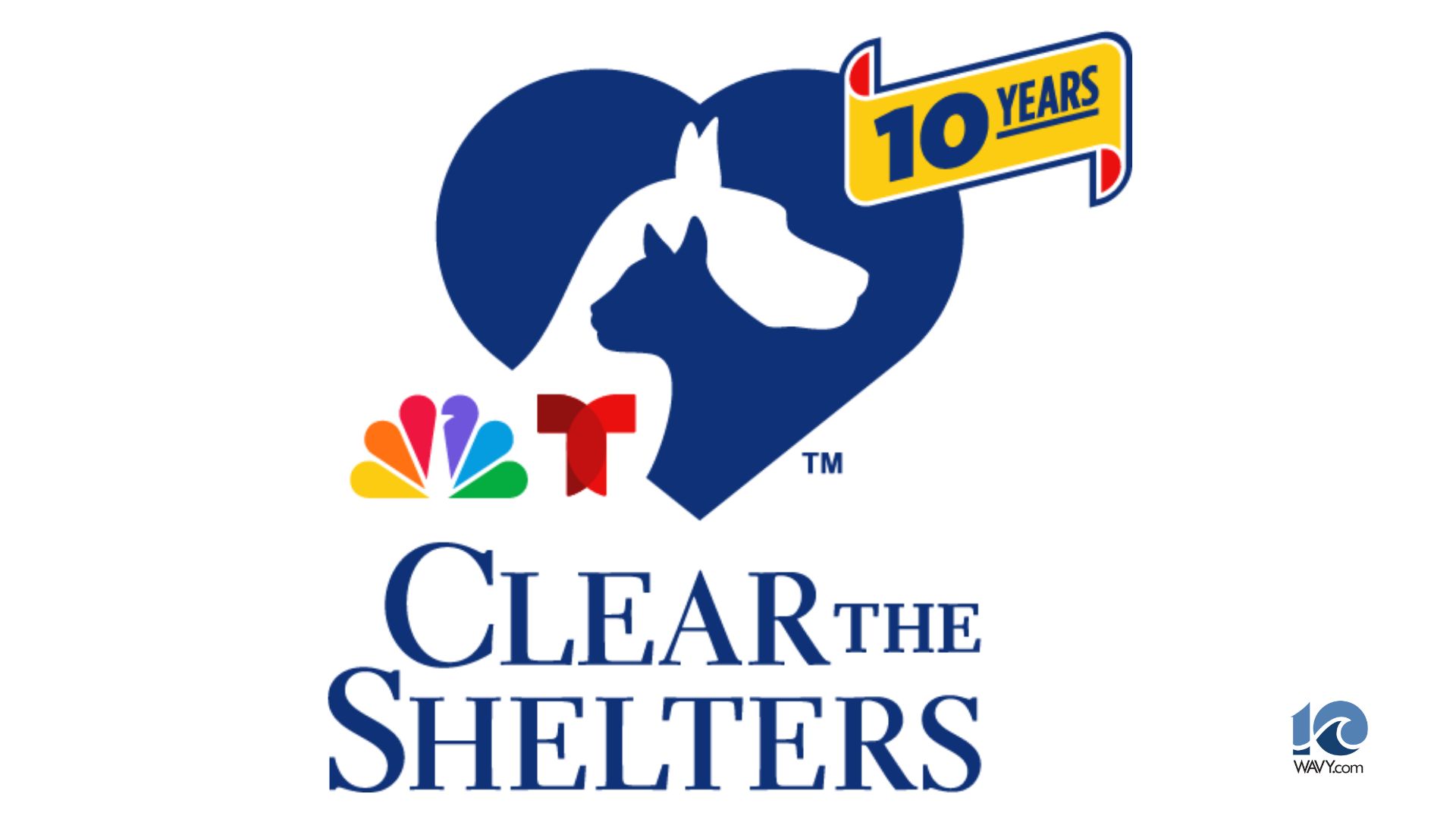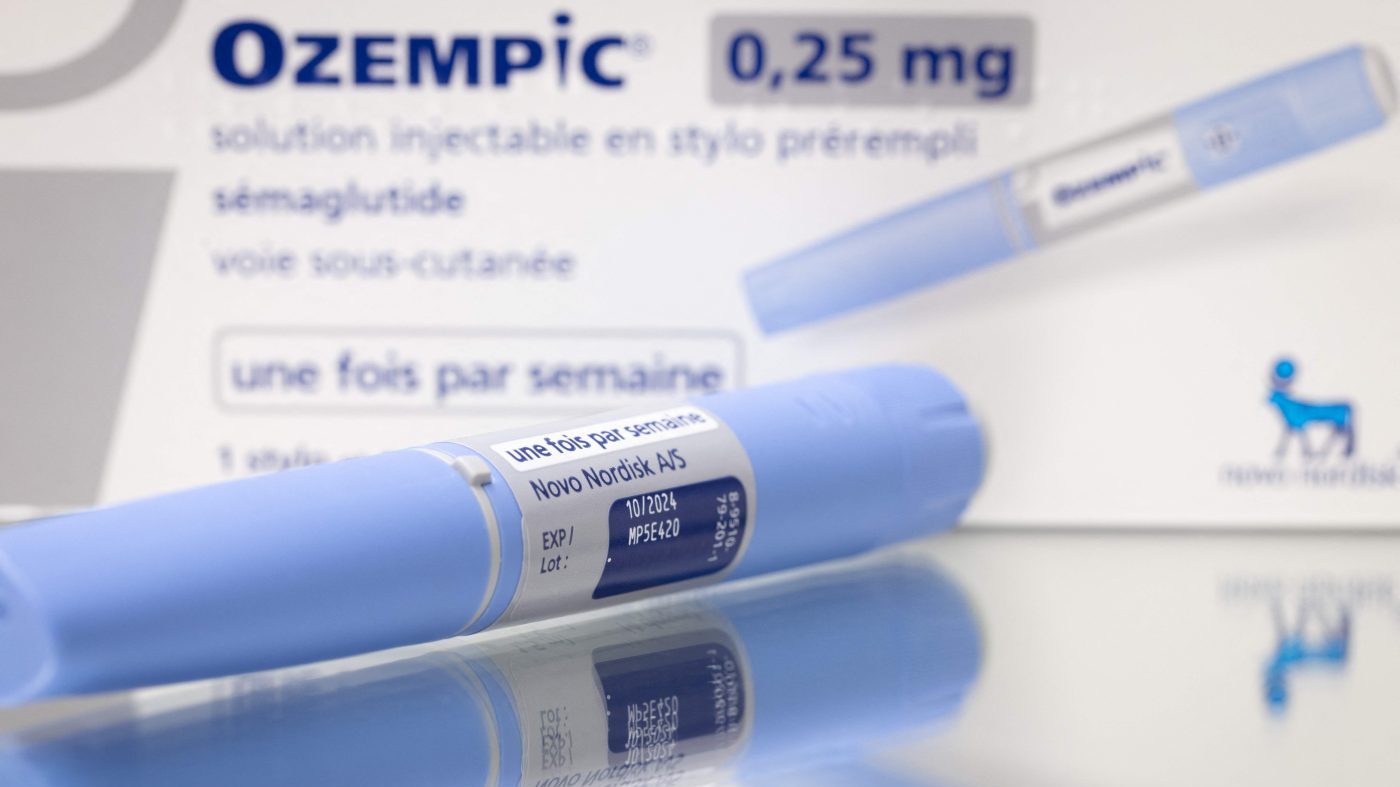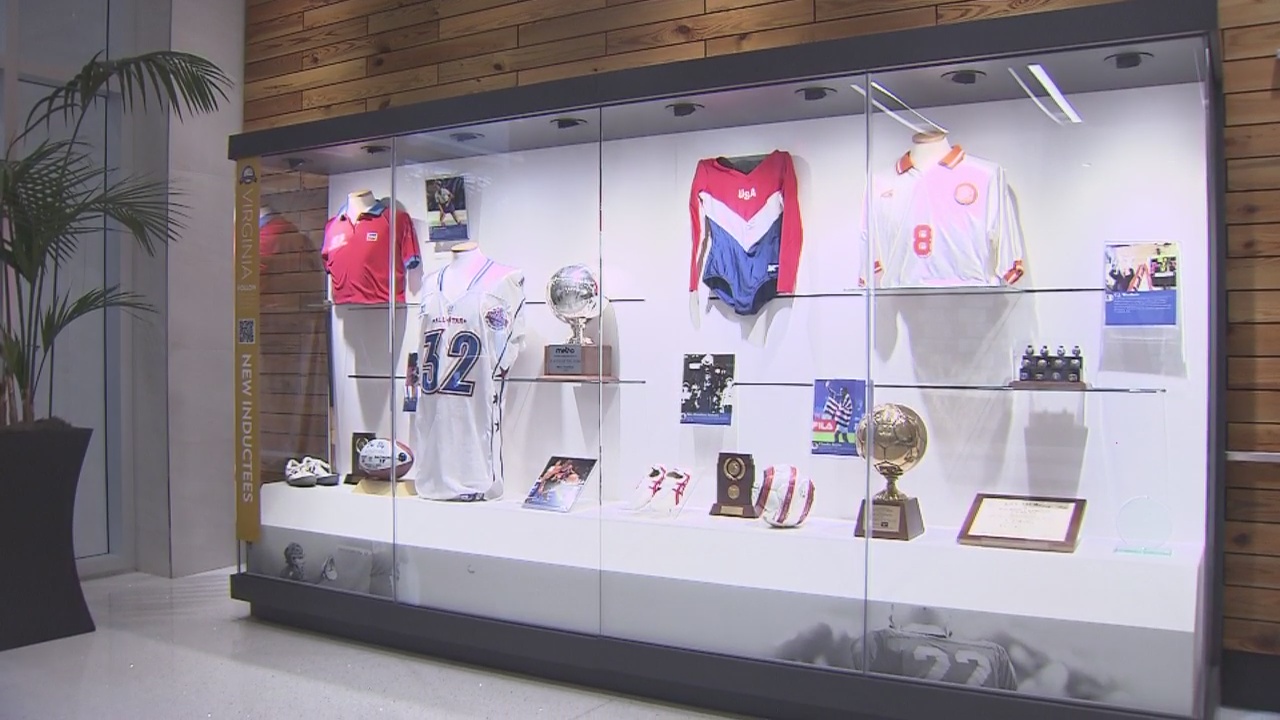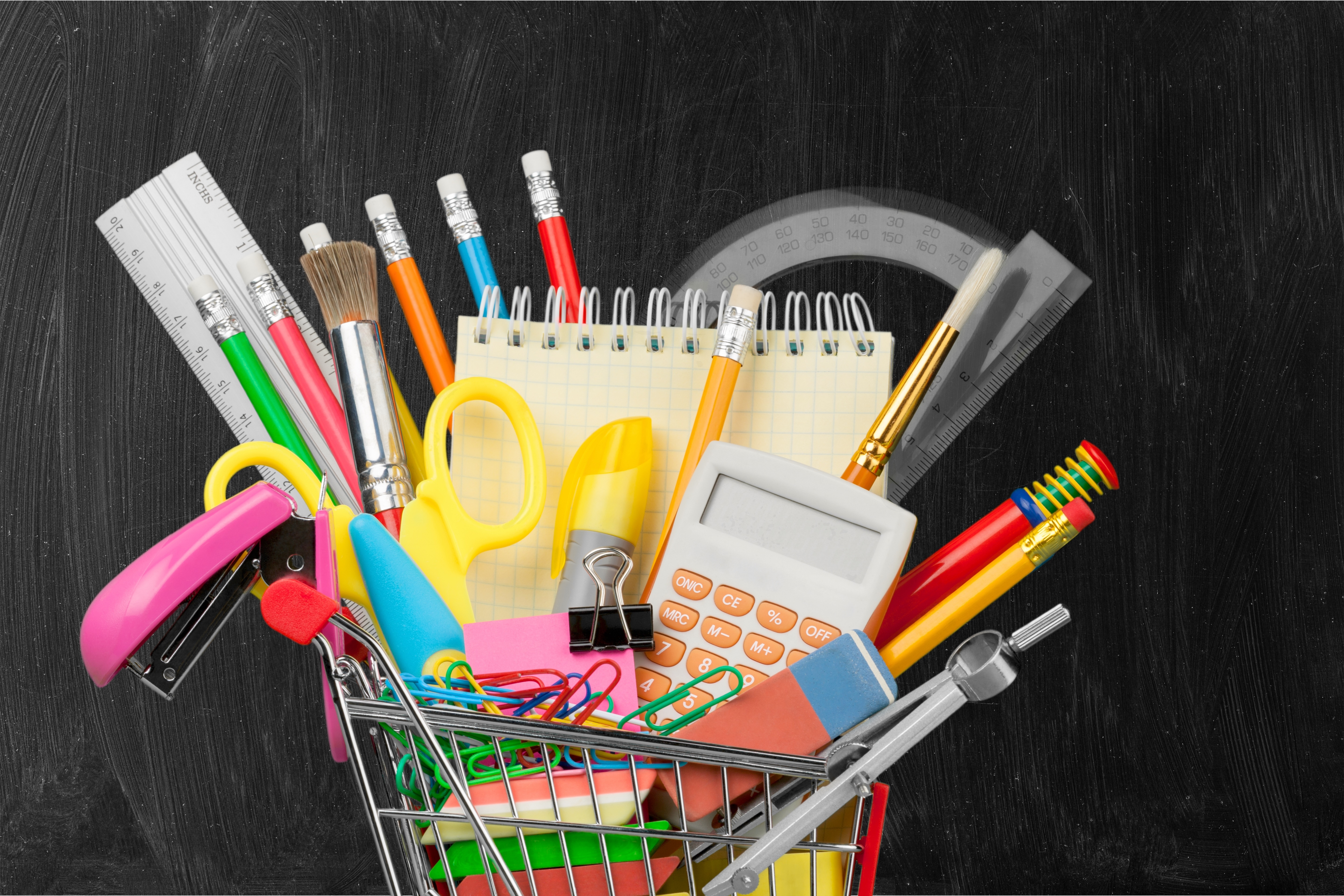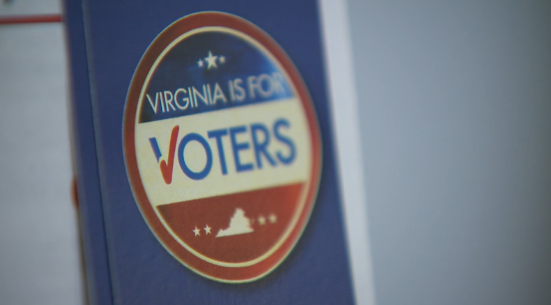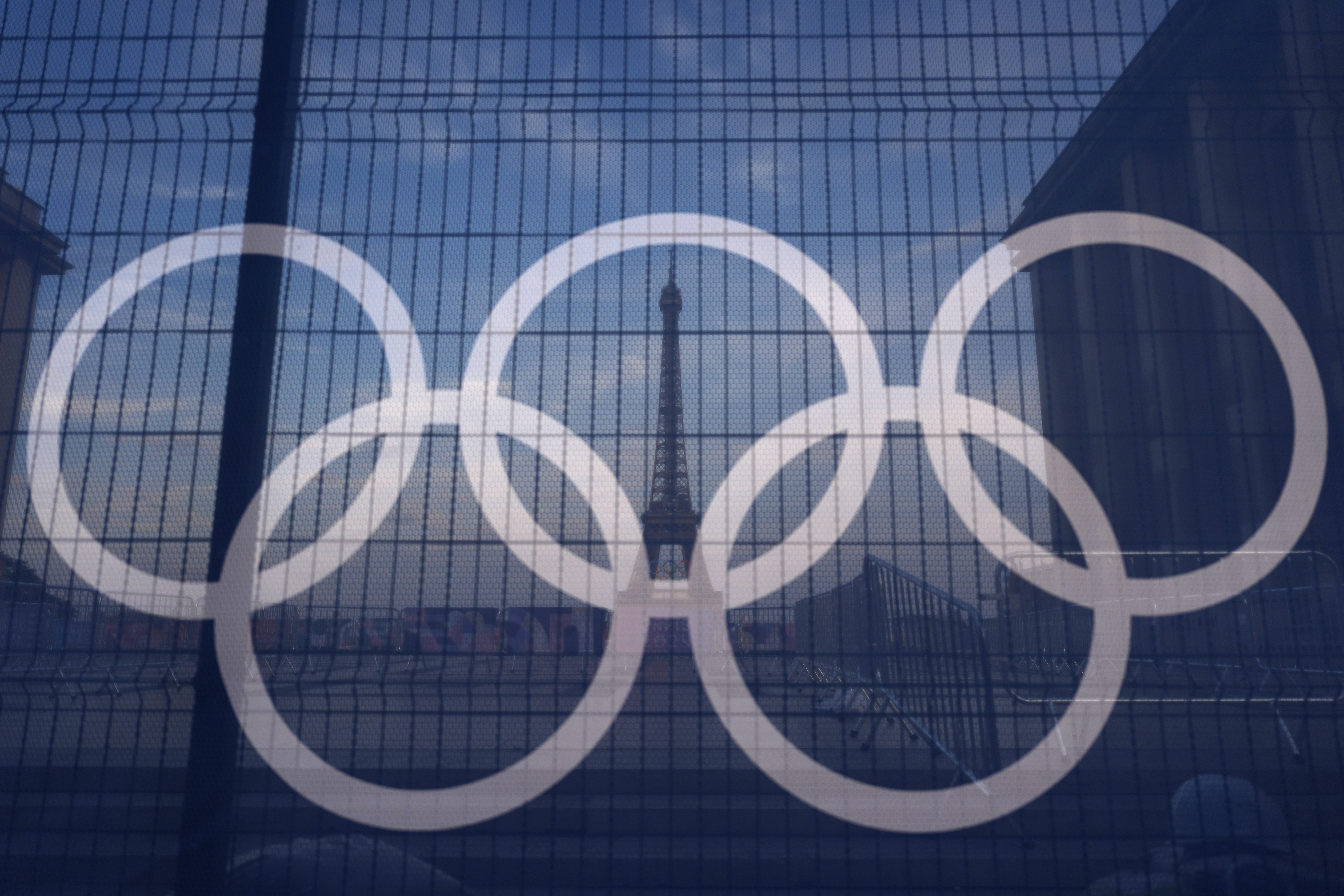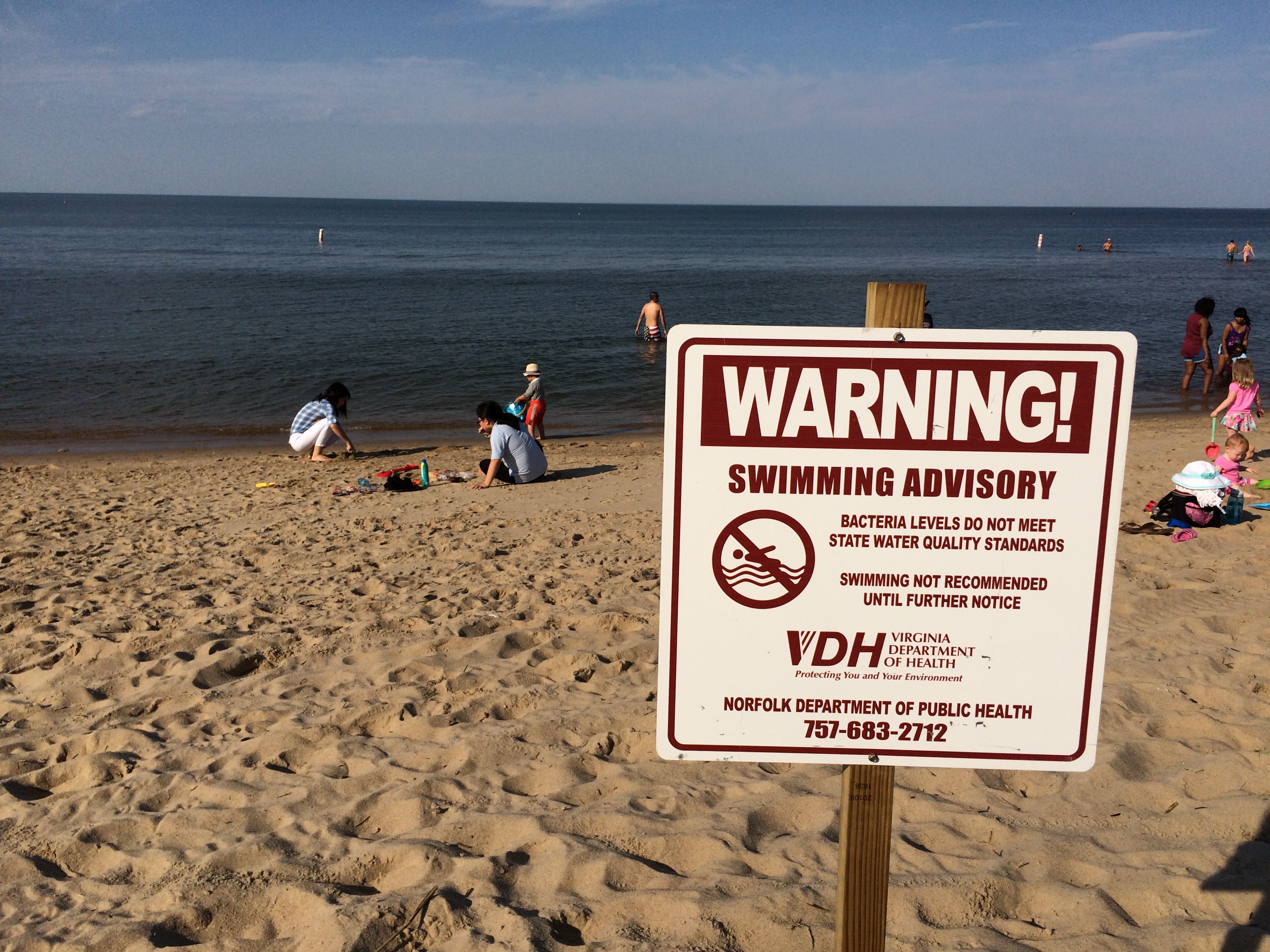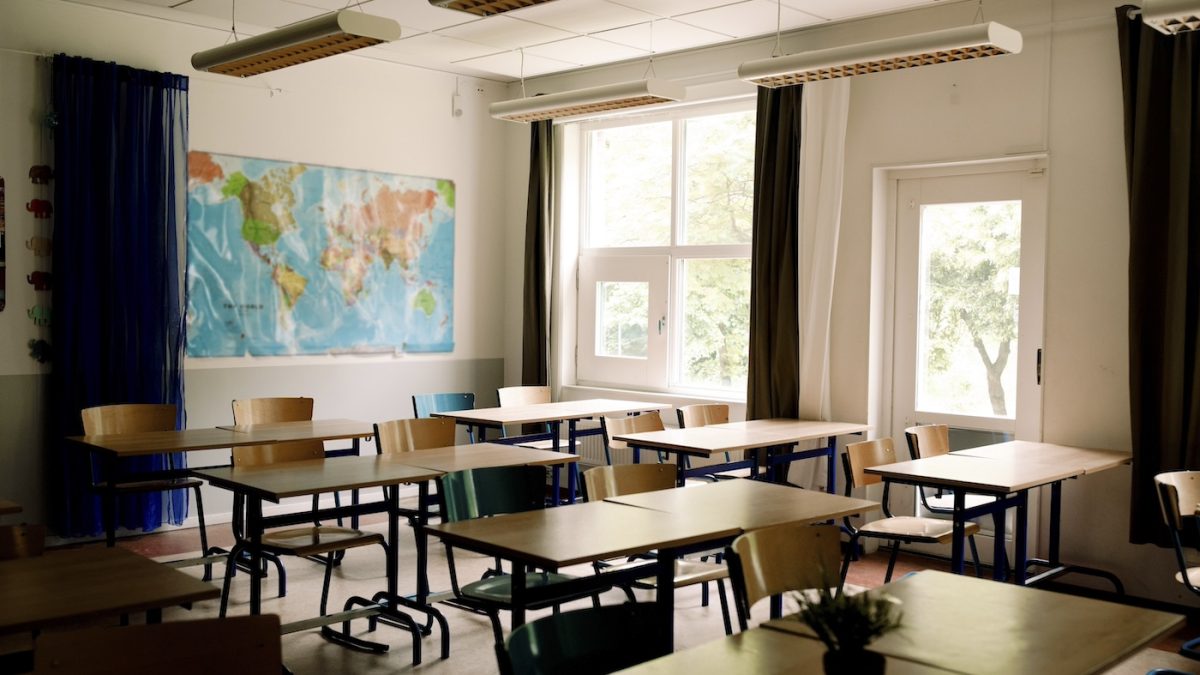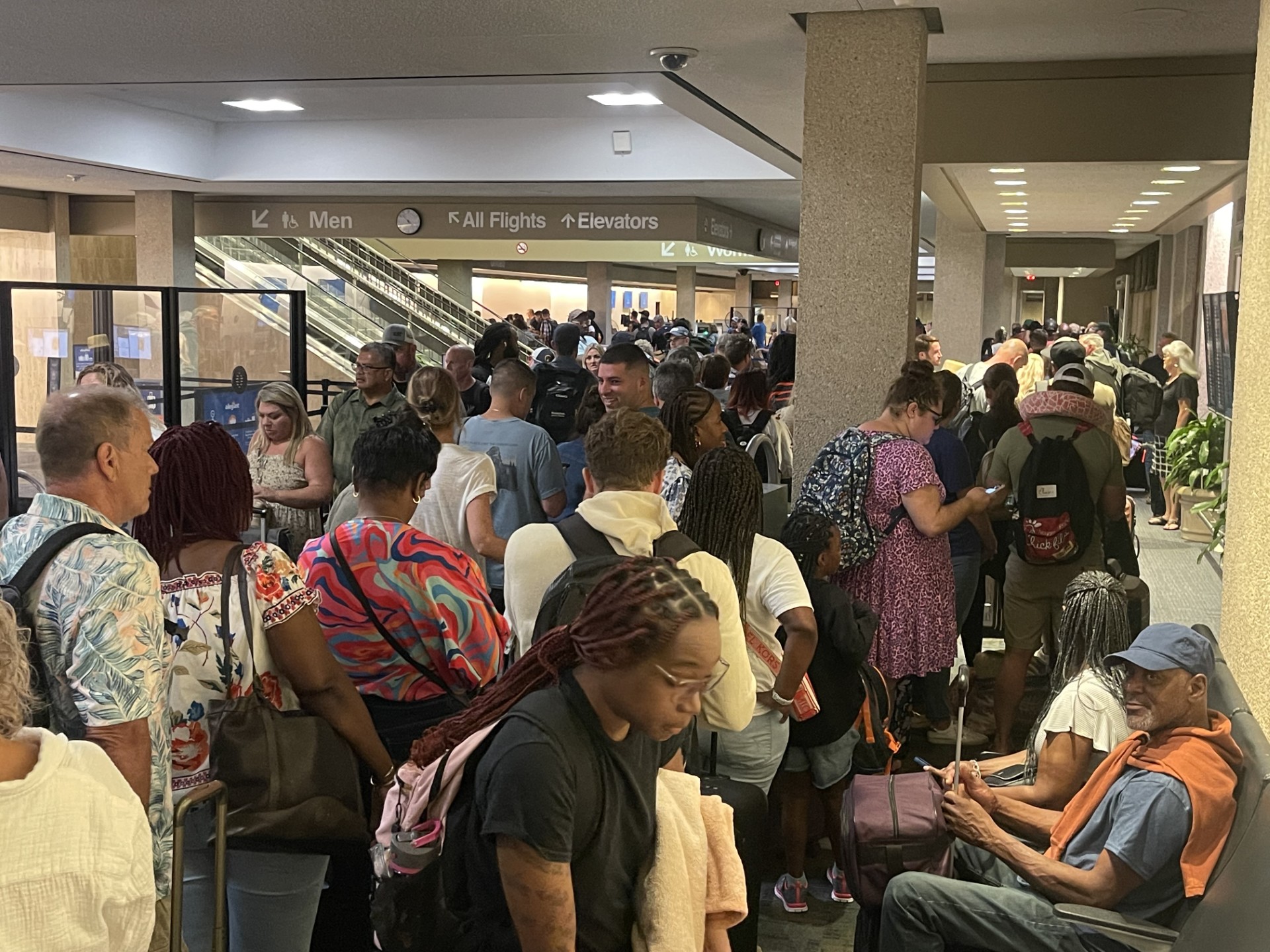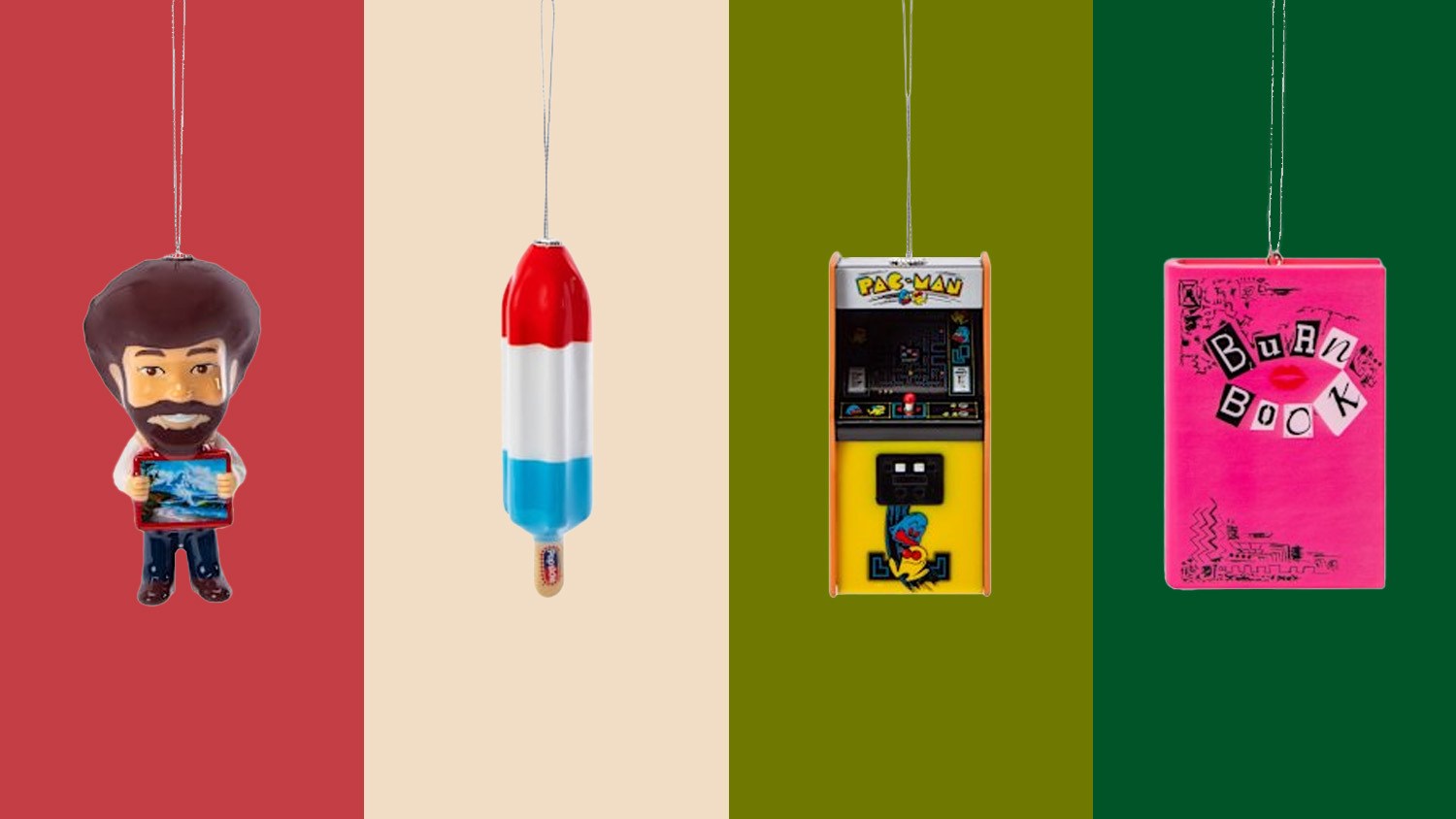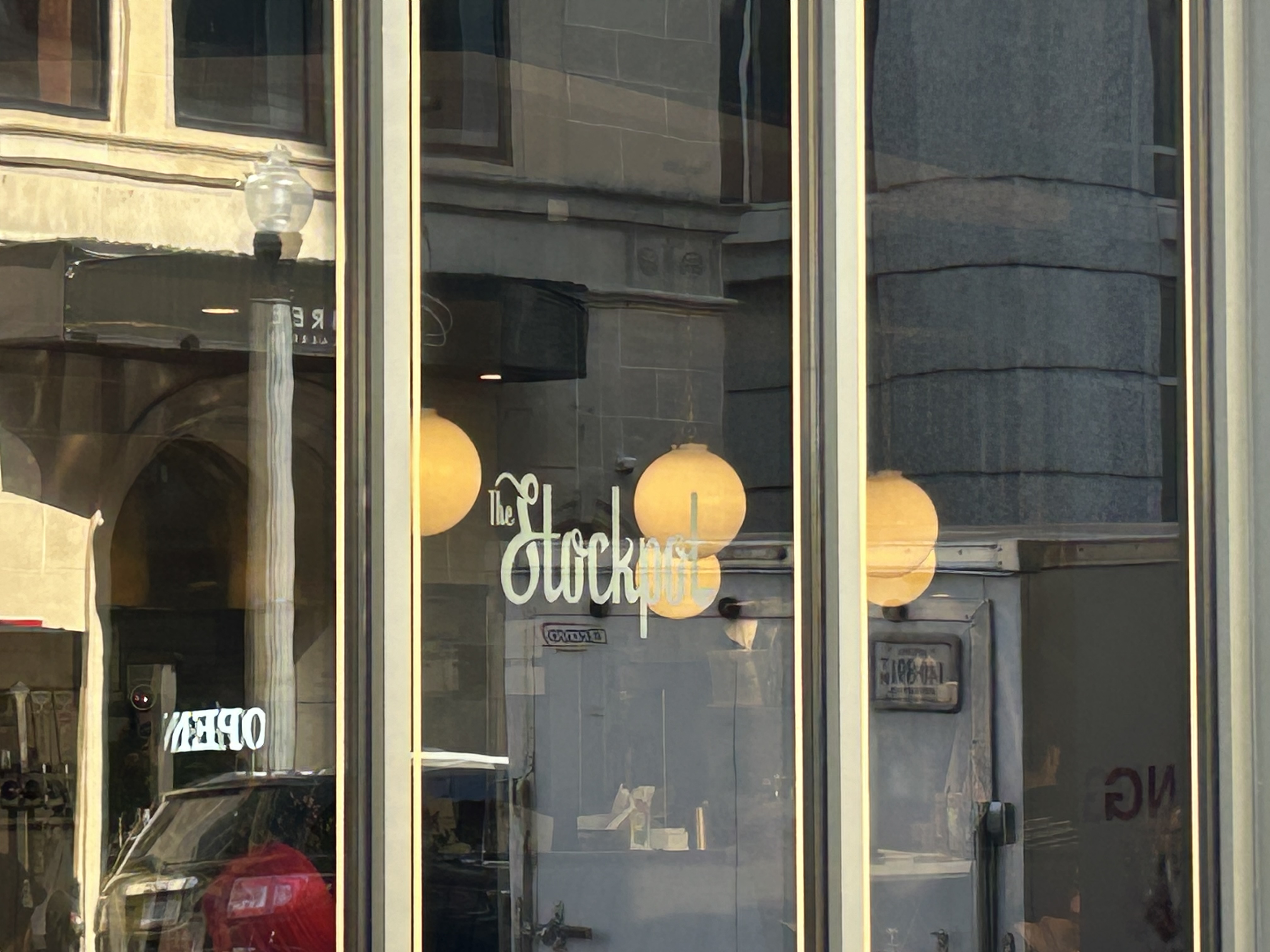BEDFORD, Va. (WFXR) — An incredible piece of history is now at the National D-Day Memorial in Bedford. Decades after another soldier found a Bible owned by Bedford native on the beaches of Normandy and sent it to his parents, his family gifted it to the memorial.
“I think it’s a story that we’ve told so may times over the years,” said National D-Day Memorial President and CEO April Cheek-Messier.
That story begins right in Bedford County, six years before Bedford natives and brothers “Bedford” and “Raymond” Hoback would join thousands of other American and Allied troops in the storming of Normandy Beach. On Christmas 1938, Raymond’s mother gifted him the Bible he would carry with him inside his assault vest on that fateful D-Day.
“It was something her brother had on his possession until he died, so yeah, it’s a very tangible piece of connection to both brothers actually but especially Raymond,” said Raymond’s nephew, John Boggess.
The family learned that Bedford Hoback was killed in action, just a day before Raymond was declared missing in action. Later declared dead, Raymond’s body was never found, but his Bible was — by another American soldier who would send it back to the Hobacks weeks after they learned of both boys’ deaths, family members sharing the story of the returned Bible as a reminder of the sacrifices made that day in June of 1944.
“It’s not the loss of one person, it’s the ripple effect that can span generations that the loss can cause the damage it can cause,” Boggess said.
D-Day Memorial officials said they are honored that the family chose to allow them to continue to share that story for generations to come.
“It’s such a tangible connection to someone who served and gave their lives for our freedom that to see something that Raymond carried on the beaches that day,” Cheek-Messier said, “it makes it very very powerful and a very moving testament to his service and sacrifice, and something that we should all remember when we see it what was given that day.”
You can see Raymond Hoback’s Bible, as well as the letter sent by the soldier who found it on the beach, in the memorial’s educational space. It joins 15,000 other D-Day artifacts now housed in its collection. Learn more about visiting the National D-Day Memorial.












































































